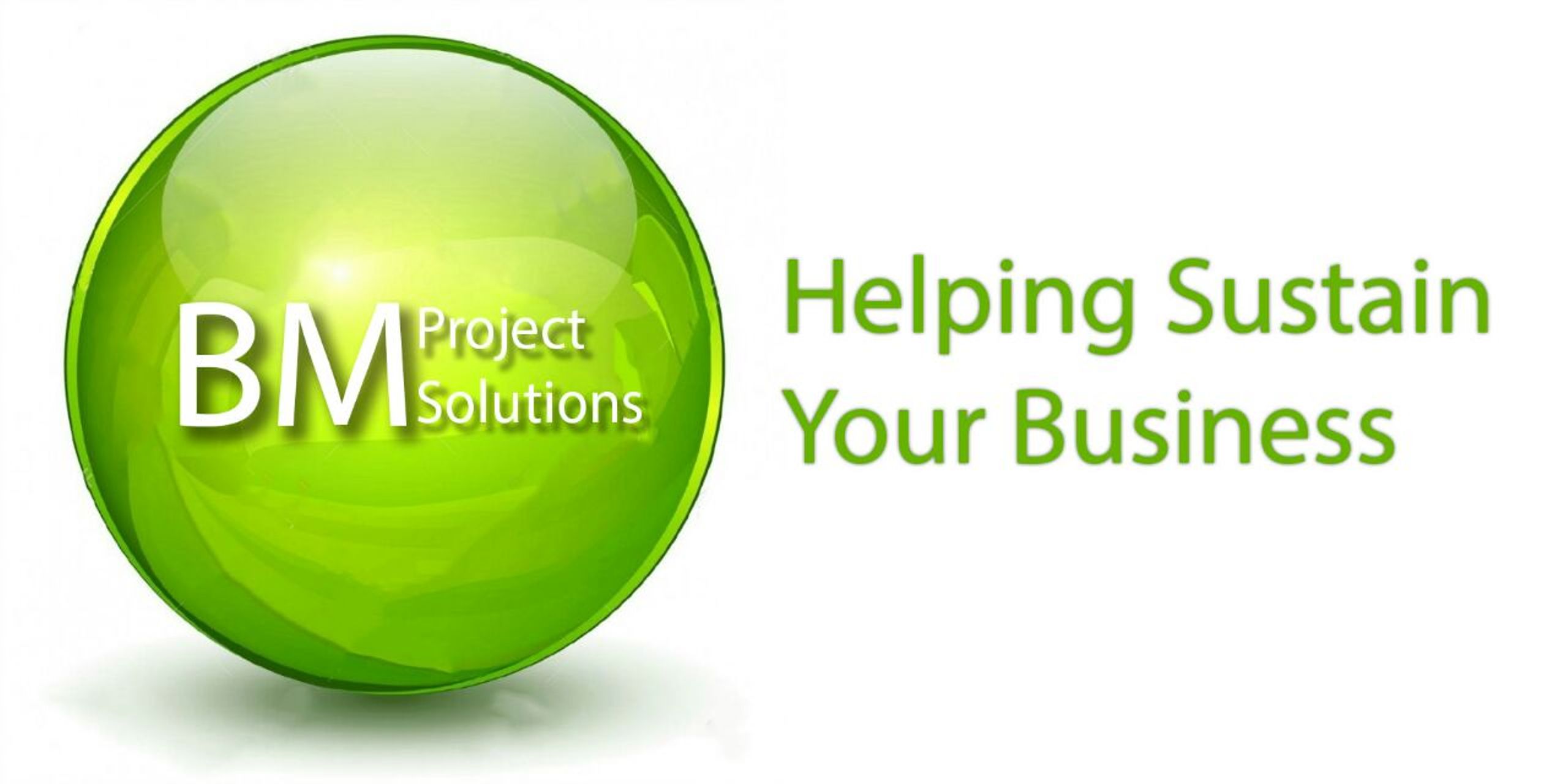What is Agile? Agile lets teams offer
value to their clients more quickly and with fewer difficulties through an
iterative approach to project management and software development. An agile
team produces work in manageable, small-scale increments rather than staking
all on a “big bang” launch. Teams have a built-in mechanism for fast adjusting
to change since requirements, plans, and outcomes are regularly assessed.
Agile asks for cooperative
cross-functional teams, as opposed to the conventional “waterfall” model, which
has one discipline contribute to the project before “throwing it over the wall”
to the next contributor. Agile’s core values include open communication,
cooperation, flexibility, and team member trust. The team takes the lead in
selecting how the work will be completed, self-organizing around specific tasks
and responsibilities, even while the project lead or product owner normally
prioritizes the work that has to be delivered.
Agile isn’t identified by any particular
development methodologies or a hierarchy of rituals. Agile is actually a
collection of approaches that show a dedication to rapid feedback cycles and
ongoing improvement. Two-week iterations and the optimal team size were not
specified in the original Agile Manifesto. It only outlined a set of
fundamental principles that prioritize humans. It is totally up to you and your
team how you live those ideals in the present – whether you follow the scrum
guidelines exactly or combine components of XP and Kanban.
Why go with agile?
Teams choose for agile so they can react
fast to market shifts or consumer input without derailing a year’s worth of
preparations. Your team may obtain input on each modification and incorporate
it into future plans for the least amount of money by using “just enough”
planning and delivering in small, regular increments. But it’s not simply a
game of numbers; people are what it comes down to in the end. Authentic human
relationships are more significant than strict processes, as stated by the
Agile Manifesto. Collaboration with clients and coworkers is more significant
than set plans. Furthermore, providing a practical answer to the client’s issue
is more crucial than producing incredibly extensive documentation.
An agile team gathers around a common
goal and then executes that vision as effectively as they can. Each team
establishes its own requirements for accuracy, completeness, and quality. The
speed at which they’ll produce the task is then determined by their “definition
of done.” Company leaders discover that when they place their faith in an agile
team, the team feels a higher sense of ownership and rises to meet (or surpass)
management’s objectives, despite the fact that this can initially be
frightening.
Agile all the way!
Agile as a methodology began with the
release of the Agile Manifesto in 2001. Since then, a number of agile
frameworks, including Scrum, Kanban, Lean, and Extreme Programming, have
evolved (XP). Each in its own way exemplifies the fundamental ideas of frequent
iteration, continuous learning, and high quality. Software development teams
choose Scrum and XP, whereas service-oriented teams like IT or human resources
prefer Kanban.
Many agile teams now blend techniques
from a few different frameworks, flavored with techniques particular to the
team. While some teams embrace certain agile rituals (such as frequent
stand-ups, retros, backlogs, etc.), others develop unique agile practices
(agile marketing teams who adhere to the Agile Marketing Manifesto).
Future agile teams will place a higher
priority on their own effectiveness than on following rules. Companies that
want to draw in the greatest talent and make the most of them are starting to
see openness, trust, and autonomy as cultural assets. These businesses have
already demonstrated that, as long as teams are directed by the appropriate
principles, practices can differ.
BM Project Solutions and Agile
Agile should be used in a method that is
specific to each team’s needs and culture. In fact, no two teams at BM Project
Solutions use the same agile methodologies.
We’re not ardent scrum proponents, even though many of our teams schedule their
work in sprints, estimate in story points, and order their backlogs. also
Kanban. or any other technique that has a patent. Instead, we allow each team
the freedom to choose the strategies that will help them perform the best. And
we urge you to adopt a similar strategy. For instance, Kanban offers a strong
basis for your agile practice if you work in a queue-oriented team like IT.
However, nothing should prevent you from using a few scrum principles, such as
regular retrospectives or stakeholder demo sessions.
The secret to using agile well is to
adopt an attitude of constant improvement. Try out several techniques and talk
openly and honestly about them with your team. Keep the effective ones and
discard the unsuccessful ones.
The Agile Manifesto—is it still relevant?
We find ourselves questioning if the
Agile Manifesto should still be our guide as we transition into a world defined
by constant innovation while standing in the middle of the technology
revolution. This brief but revolutionary text paved the way for same-day drone
deliveries after we had been sending goods on boats like freight. Today,
however, we are less pioneers and more explorers on the seas of continual
development, which leads us to ask if the Manifesto has to be improved as well.
The genesis tale!
17 individuals gathered at Snowbird,
Utah, in the early days of 2001 to talk about the direction of software development
against the backdrop of the Wasatch Mountains. Even if they varied on the best
course of action, the group’s members all felt frustrated by the state of
circumstances.
They concurred that the issue was that businesses were overly preoccupied with
overly planning and documenting their software development cycles, losing sight
of what actually mattered—making their customers happy. Corporate principles
like “excellence” and “integrity” may have been promoted by businesses, but
they did nothing to lead people—particularly software developers—into a better
direction. That need modification. Many of the Snowbird 17 had plans in place
on how to start the new age of software development. They had a chance to talk
things out on the way to the mountains.
With only 68 lines, the Agile Manifesto was born out of this lengthy weekend
and went on to revolutionize software development. These words (and the 12
principles that follow) have been adopted (in varied degrees) by many people,
teams, and businesses in the over two decades since they were first written.
The guiding principles of the Agile Manifesto
We follow these principles:
Customer satisfaction is our first
focus, and we achieve this via timely and consistent delivery of high-quality
software.
Even late in the development process,
accept changing needs. Agile methodologies harness change for the benefit of
the customer’s competitiveness.
Deliver functioning software regularly,
preferably in shorter timeframes of a few weeks to a few months.
Throughout the project, businesspeople
and developers must collaborate everyday.
Build initiatives around motivated
people. Trust them to do the task and provide them with the atmosphere and
assistance they require.
Face-to-face communication is the most
effective and efficient way to share information with a development team.
Progress is mostly measured by usable
software.
Sustainable development is promoted
through agile methodologies. It should be possible for the sponsors,
developers, and users to continue at the same pace indefinitely.
Agility is improved through constant
focus on technical perfection and smart design.
The art of simplicity, which maximizes
the amount of effort not done, is crucial.
The finest requirements, designs, and
architectures come from self-organizing teams.
The team adapts and modifies its
behavior in response to periodic reflections on how to be more effective.
Keep in mind that life is not flawless
and that not everything always goes as planned. No matter what team we are a
member of, we need to make sure that we collaborate and successfully use the
Agile principles.
Till next time!
BM Project Solutions




